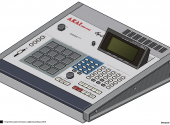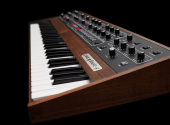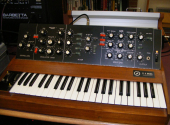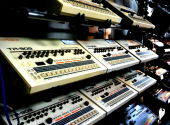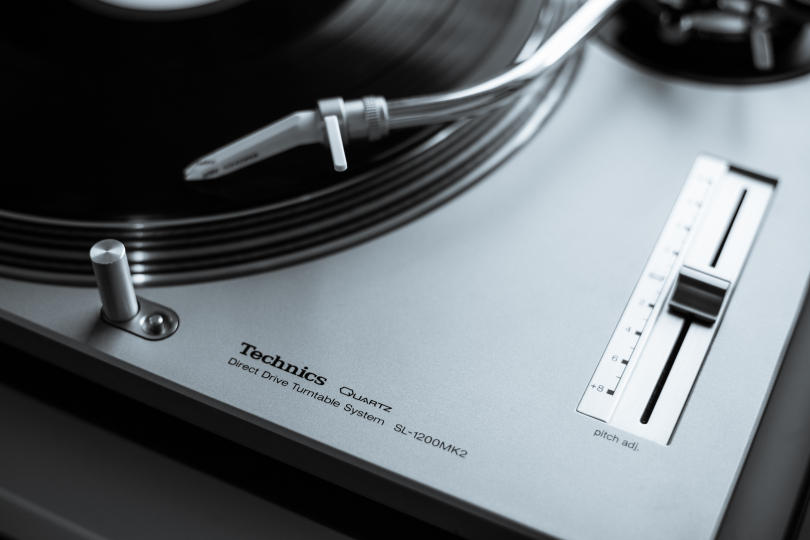
The Gear That Made Us #8: The Technics SL-1200
Introduced to the world in 1972, the Technics SL-1200 is the gold standard when it comes to vinyl turntables. While there are a multitude of models available in today's era, its design and influence in the music world have largely remained consistent since its inception. Discover what helped set it apart in this eighth instalment of "The Gear That Made Us."
The original Wheels of Steel
Starting life as a lightbulb socket manufacturer in 1918, it was Matsushita Electric Industrial Ltd. (now Panasonic) who we have to thank for their offshoot brand Technics. The brand was created in 1965 in Osaka, Japan and was primarily focused on creating audio equipment. While the company has produced a variety of gear over the years including, amplifiers, tape decks, CD players, speakers, and receivers, it is their SL-1200 turntable that is especially significant—noted for its impact in the disc-jockey world when they started to gain popularity in the early 70s.
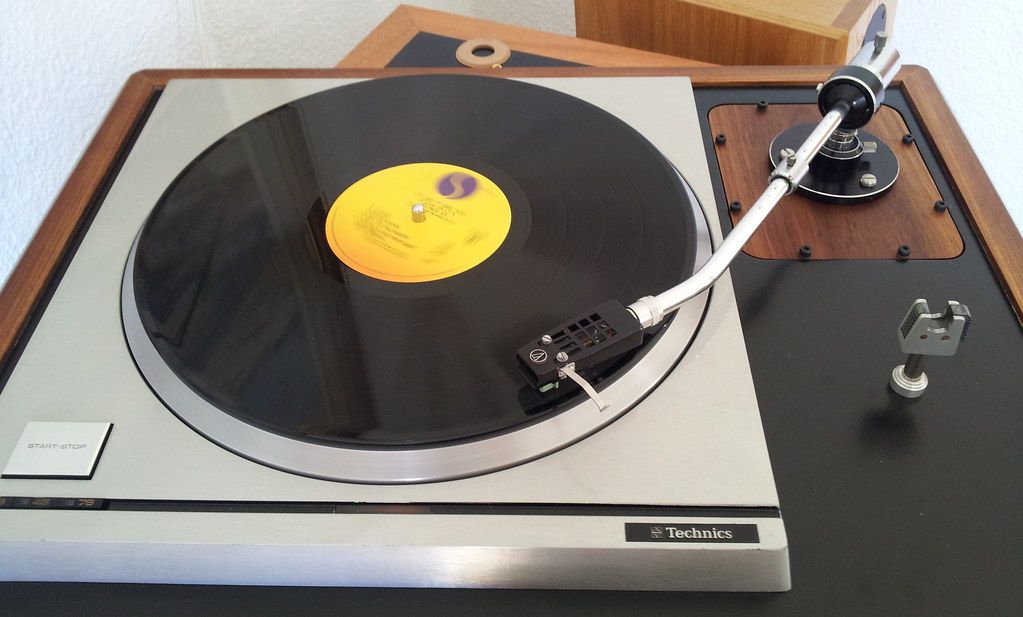
It is important to note the engineer Suichi Obata as the inventor of the Technics SP-10, released in 1969, prior to the SL-1200's market dominance. He would later go on to lead the team for the latter (the SL-1100 was also released slightly earlier in 1971); nonetheless, it was this earlier, smaller turntable that solidified confidence in the new direction that the company envisaged for their product. Today many producers, DJs and MCs refer to the Technics turntable as "the 1s and 2s" or the "Wheels of Steel."
A work of art
A big part of what made a difference with this new turntable was its direct-drive design. With this in use, there was no need to incorporate the alternative belt-driven mechanism that was in use on other machines. This is a major reason why today they are still considered one of the most durable and reliable turntables ever produced, with many 1970s units still in heavy use. A key design goal for the product was hi-fidelity, but having good build quality and allowing for enhanced user control over the record were also important factors that led to its success. In terms of the latter, any 'wow' and 'flutter' (cracks and distortion in the audio) is said to be just 0.01% when using the Sl-1200's. This implies that the platter stays within 1% of the desired speed, helping to ensure records can be mixed effectively.
Looking at direct-drive a bit more closely, it works by incorporating a motor directly under the centre of the platter, both of which are directly connected. This provides a faster start-up time and a lower chance of wear and tear or breakage. As we'll see more closely in the next section, this was hugely important for the turntable's widespread usage by Hip hop DJs a little later. In more recent years, shock-absorbing material has been added to the product (in between the motor and platter) to help reduce vibrations which can come about due to the higher rotational forces (torque) that is normally much higher on a direct-drive model. The "high torque" system ensures that the platter spins at the desired speed almost immediately (it only takes 0.7 seconds for the device to reach 33 ⅓ RPM from standstill) and ensures for the rapid reacquisition of desired speed without "overshooting."
Keep it Kool
Close to when the Technics SL-1200 was being designed, it was Jamaican-American DJ Kool Herc (Clive Campbell) who is said to have originated Hip hop music in the Bronx, New York. It is important to note that the rise of Hip hop was a key factor as to why the Technics turntable was able to find a lot of fans in the DJ world. Initially, Herc began to isolate the instrumental portion of funk records, focusing on the drumbeat (break) and then switching from one beat to another using a two-turntable set-up. Later, more well-known DJs—notably Grandmaster Flash—would help to popularize this technique along with punch phrasing and scratching.
Interestingly, if we look at the history of using such techniques with a turntable, we can trace its roots to the 1930s and 40s when early audio experimenters (for example John Cage and Pierre Schaeffer) pioneered the use of them to create unique samples. Nonetheless, it was around the time of the 1990s resurgence of Hip hop that the term "turntablism" became more widely used to describe the art. While new techniques and trends concerning vinyl have always been developing, it is somewhat safe to say that without the SL-1200s, early innovators wouldn't have been able to explore and refine these new techniques to such an extent. With a certain standard of skill required to use the gear well, the role of the DJ as performer and artist was established.
50 years of hi-fidelity
While the business of selling vinyl relies on an ever-more ageing supply of pressing machines (many of which are also around fifty years old), it is fair to say that the vinyl community is stronger than ever. Back in 2019 Rolling Stone actually released an article suggesting that in the near future vinyl sales will outsell CDs for the first time since 1986. Perhaps this is why Panasonic announced the release of a new Technics model back in 2019—the SL-1200 Mk7, with the SL-1210Mk7 being produced for the European market. Although production of the turntables was going to cease around 2010, it is clear that there are enough vinyl devotees who value the Technics SL series for them to keep a spot on people's shopping lists in the foreseeable future. As one of the pieces of technology on display at the London Science Museum, it is safe to say that the Technics SL-1200 is a legendary piece of gear that really has shaped the world we live in.
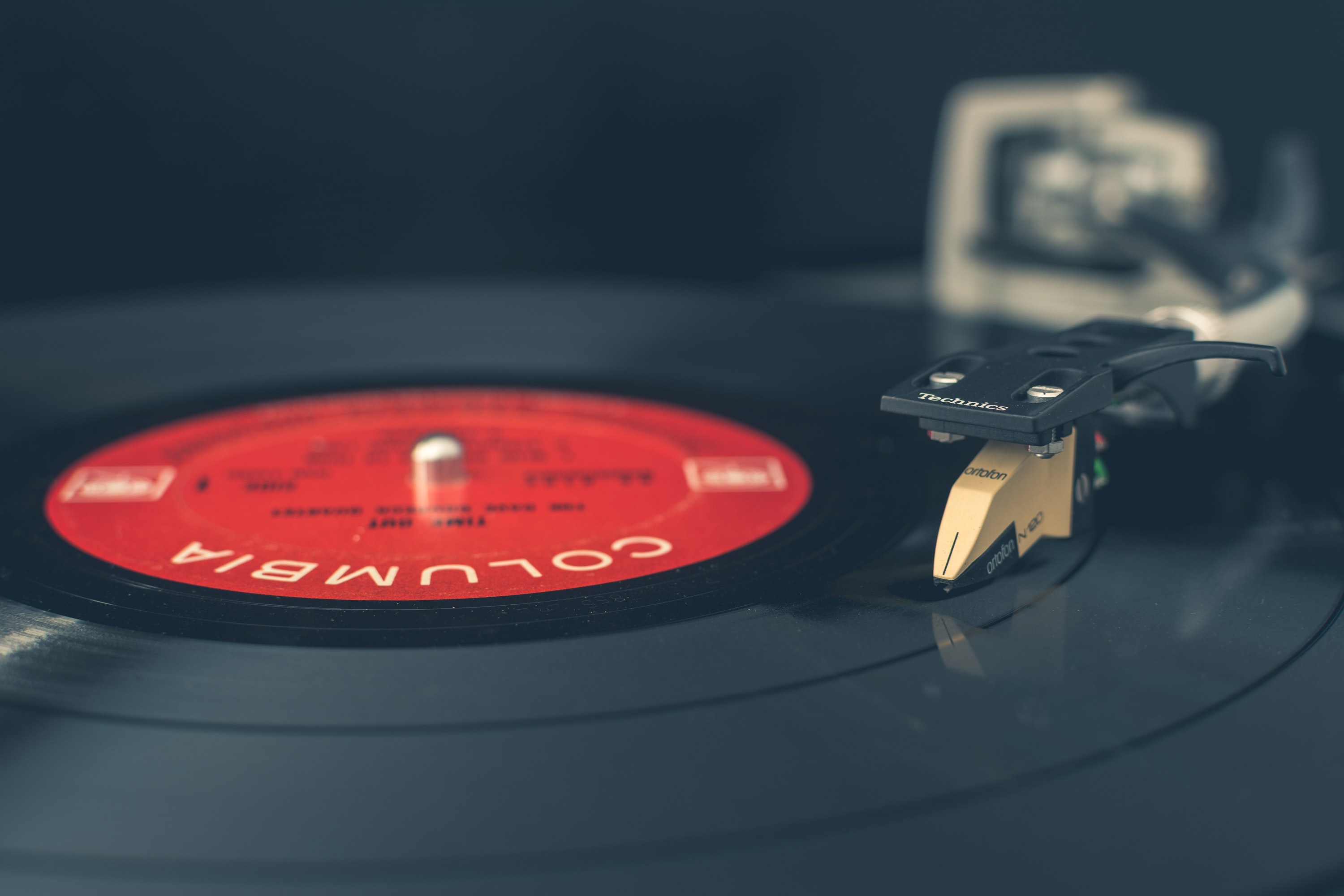
So what do you think of the Technics SL-1200—does it deserve to have its place as the most important vinyl turntable of all time?
If you have found an error or typo in the article, please let us know by e-mail info@insounder.org.


